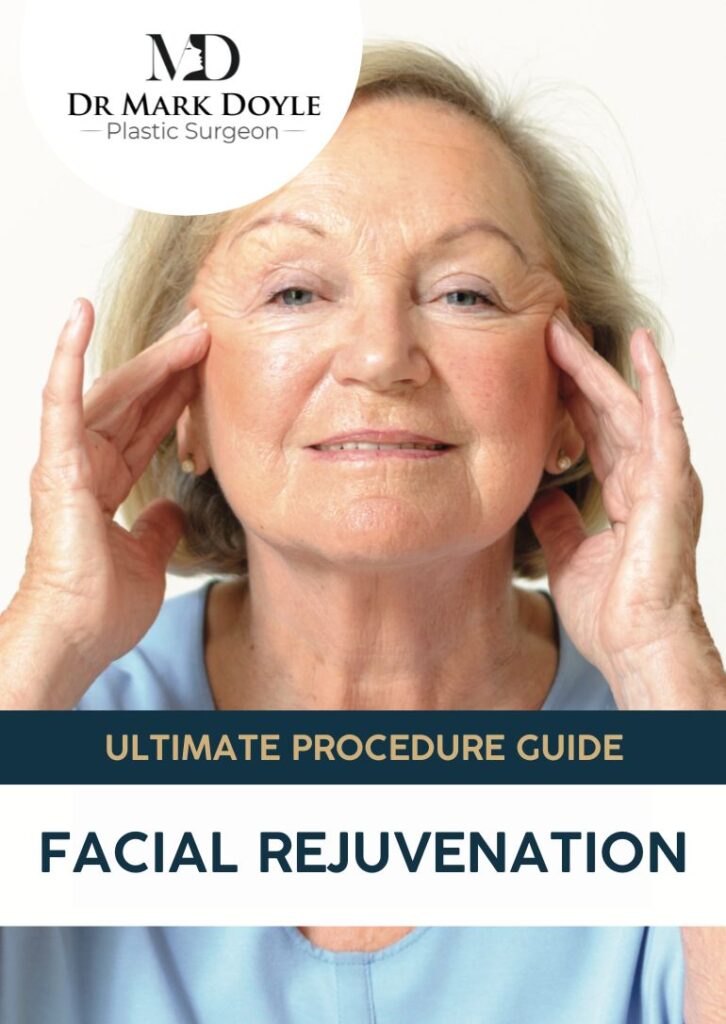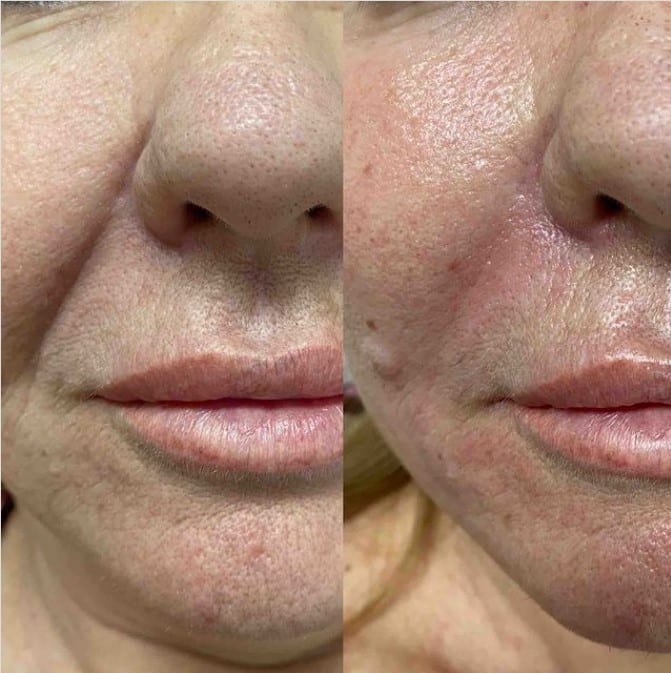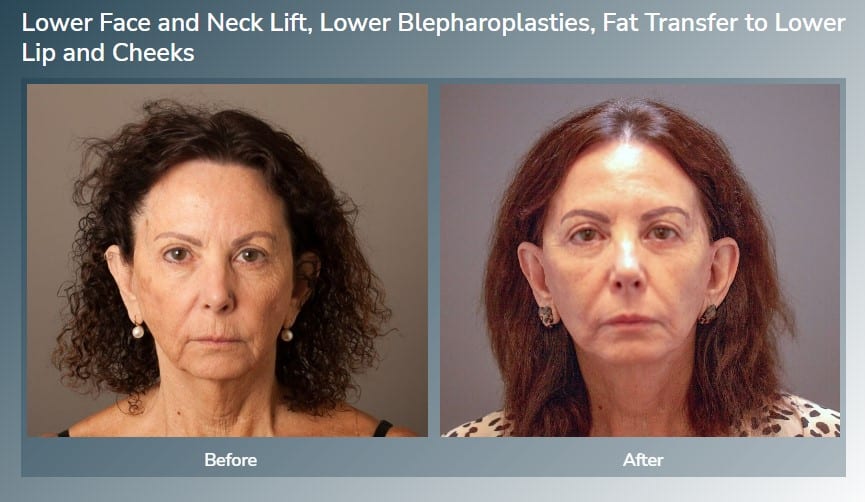The nasolabial fold, also known as the smile lines or laughter lines, are the natural creases that run from the side of the nose to the corner of the mouth. It is a common facial feature that becomes more pronounced with age due to a combination of factors. This includes loss of skin elasticity and repetitive muscle movements. The depth and prominence of the laugh line can vary between individuals. It may be influenced by factors such as genetics, sun exposure, and smoking.
Understanding the causes, treatment, and prevention of nasolabial folds is important for several reasons. Nasolabial lines are a common cosmetic concern for many people.
While some causes of nasolabial folds, such as genetics and ageing, are beyond our control, others can be prevented. Understanding the causes, such as sun exposure and smoking, can help individuals take steps to prevent or delay their onset.
There are a variety of treatment options available. And, understanding these options can help individuals make informed decisions before deciding on nasolabial fold treatment.
Guide to Facial Rejuvenation

Facial Rejuvenation
What Is Nasolabial Fold?
The nasolabial fold is a natural crease or indentation that runs from the side of the nose to the corner of the mouth. Specifically, it begins at the bottom of each nostril and extends downward towards the corners of the mouth. This forms cheek lines on either side of the face. The lines around mouth can be a prominent facial feature for some individuals.

The nasolabial fold is formed and maintained by several muscles and tissues in the face. These include:
- Zygomaticus Major Muscle: This muscle starts from the cheekbone and downwards toward the corner of the mouth. When this muscle contracts, it pulls the corner of the mouth upwards and outwards.
- Levator Labii Superioris Muscle: This muscle starts around the sinus area toward the upper lip. When this muscle contracts, it raises the upper lip.
- Orbicularis Oris Muscle: This muscle encircles the mouth and helps to control lip movements.
- Subcutaneous Fat and Connective Tissue: These tissues provide support and structure to the skin. They help to maintain the shape and depth of the nasolabial fold.
Nasolabial Fold Functions

The nasolabial fold is formed by muscles, connective tissue, and skin elasticity which play a role in facial expressions and speech. Some of the functions are discussed below.
Smiling: The nasolabial fold is commonly referred to as the smile lines or smiling wrinkles because it becomes more pronounced when we smile. As the muscle contracts to pull the corner of the mouth upwards, it also contributes to wrinkles from smiling.
Expressiveness: The nasolabial fold is involved in a range of facial expressions, including sadness, surprise, and anger. When muscles contract, it can create tension in the nasolabial fold, which contributes to the expression of these emotions. The appearance and prominence of the lines on cheeks can convey emotions.
Articulation: The nasolabial fold can also play a role in speech. It is involved in the production of certain speech sounds, such as the B, P, and M. These sounds require the lips to come together and create tension in the nasolabial fold.
Causes of Nasolabial Fold
Different factors can affect the skin and tissues around the nasal folds in different ways, leading to the formation of wrinkles and fine lines. Understanding nasolabial fold causes can help prevention.
Age
As we age, the skin loses elasticity and becomes thinner, which can make nasolabial folds appear more pronounced. The loss of volume and structural support in the face due to the depletion of subcutaneous fat and bone resorption can also contribute to the development of nasolabial folds.
Genetics
Genetics can play a role in the development of nasolabial folds. Some individuals may be predisposed to developing more prominent nasolabial folds due to genetic factors such as facial bone structure and skin thickness.
Sun Damage
Exposure to the sun’s UV rays can damage the skin and lead to the breakdown of collagen and elastin fibres, which can contribute to the formation of nasolabial folds.
Smoking
Smoking can accelerate the ageing process and damage the skin’s collagen and elastin fibres, which can lead to the formation of nasolabial folds.
Repetitive Facial Expressions
Repetitive facial movements such as smiling or frowning can contribute to the development of nasolabial folds over time. These movements can create tension in the skin and tissues around the nasolabial fold, leading to the formation of wrinkles.
Treatment Options for Nasolabial Folds
Many wonder how to get rid of smile lines. There are many treatment options, your choice of treatment will depend on your goals. It is important to discuss the risks and potential side effects of each treatment option with a professional before you decide how to get rid of nasolabial fold.
Dermal Fillers



Nasolabial fold filler is a non-surgical treatment option that involves injecting hyaluronic acid into the mid cheek lines to plump up the area and reduce the appearance of wrinkles and fine lines. Hyaluronic acid is a naturally occurring substance in the body that helps to hydrate and add volume to the skin. The treatment typically takes 30 minutes to an hour. Patients can expect to see immediate results, that last for about 6-18 months. Some of the potential risks and side effects of dermal fillers include swelling, bruising, and redness.
Facial Fat Transfer
Facial fat transfer involves removing fat from other parts of the body and injecting it into the face to add more volume. The fat can be used to reduce the appearance of cheek wrinkles. This procedure requires anaesthesia and takes around 1-2 hours. You can expect to see natural-looking results that can last for several years. Some of the potential risks include swelling, bruising, and infection.
Face Lift Surgery

A commonly used nasolabial fold surgery is face lift surgery which involves removing excess skin and tightening the underlying tissues to reduce the appearance of wrinkles and sagging skin. This is the most effective option for deep nasolabial fold correction.
The procedure is performed under general anaesthesia and can take several hours to complete.
Patients can expect to see long-lasting results, and the recovery period can be only a few weeks. Some of the potential risks and side effects of facelift surgery include bleeding, infection, and scarring.
Prevention of Nasolabial Fold
There are several strategies that can help prevent the development of nasolabial folds discussed below. While these prevention strategies can be effective in reducing the risk of developing nasolabial folds, it is important to note that the natural ageing process will still play a role in their development. However, adopting healthy habits can help delay the onset of nasolabial folds and keep the skin looking youthful and healthy.

- Sun Protection: Protecting your skin from the sun’s harmful UV rays is one of the most effective ways to prevent the development of nasolabial folds. You should use sunscreen with an SPF of at least 30, wear a wide-brimmed hat and sunglasses, and avoid the sun during peak hours.
- Smoking Cessation: Smoking can accelerate the ageing process and damage the skin’s collagen and elastin fibres, which can contribute to the formation of the cheek line. Quitting smoking can help slow down the ageing process.
- Proper Skincare: A good skincare routine can help keep the skin hydrated, nourished, and protected from environmental damage. This can include using a gentle cleanser, moisturiser, and products with antioxidants.
- Facial Exercises: Some believe that performing facial exercises can help strengthen the muscles around the mouth and cheeks, which can help reduce the appearance of nasolabial folds.
Combining Nasolabial Fold Treatment with Other Procedures: Achieving Comprehensive Facial Rejuvenation
Plastic surgeons often combine nasolabial fold treatment with other procedures to achieve more comprehensive facial rejuvenation. This approach can provide more natural-looking and longer-lasting results while addressing multiple signs of ageing in different areas of the face.
Nasolabial fold treatment typically involves the use of dermal fillers, fat transfer or face lift surgery to restore volume to the cheeks and smooth out deep lines. These treatment options may effectively improve nasolabial folds, but they may not be enough to achieve comprehensive facial rejuvenation for all patients.
By combining nasolabial fold treatment with other procedures, such as neck lifts and brow lifts, plastic surgeons can address additional signs of ageing in the neck and forehead areas. Neck lifts can help remove excess neck skin and fat, while brow lifts can elevate sagging eyebrows and reduce the appearance of forehead wrinkles.
Combining multiple procedures can also lead to longer-lasting results, as the different treatments work together to address various signs of ageing. Furthermore, combining procedures can often result in a more harmonious and natural-looking overall facial appearance.
You should consult with a qualified professional to determine which combination of procedures is right for you and discuss the potential risks and benefits of each treatment.
Choosing a Qualified Plastic Surgeon
When it comes to surgery, safety should always be your highest priority, that’s why choosing the right surgeon is crucial. You need to ensure that your surgeon is qualified and highly experienced. You should feel comfortable that they understand your goals and can them.
Dr Mark Doyle is one of Australia’s best plastic surgeons. He is renowned for his exceptional surgical ability, artistic skills and caring bedside manner. Dr Mark Doyle is dedicated to helping his patients look and feel their best.
Dr Mark Doyle, Specialist Plastic Surgeon
- Fellow of the Royal Australian College of Surgeons – FRACS (Plas)
- 30+ years of cosmetic surgery experience
- 15,000+ hours in the operating theatre
- 10,000+ surgeries performed including 1,000+ facial surgeries
- 200+ positive reviews
- Extensive expertise in surgical planning and 3D imaging
- Committed follow-up and 12 months aftercare including scar treatment
- Helped thousands of happy clients! See for yourself with these Face Lift Before and Afters.
FAQs
How long do the results of nasolabial fold treatment last?
The results from nasolabial fold treatment can vary depending on the specific treatment used, the individual’s skin type, and the severity of the nasolabial folds.
Dermal fillers can provide immediate results that can last between 6 to 18 months. Some people may need additional filler injections to maintain the results.
Fat transfer is another option for nasolabial fold treatment that can provide longer-lasting results, typically many years. The facelift result can provide more long-lasting results, often lasting up to ten years or more.
It is important to note that the longevity of the results will also depend on how well the individual takes care of their skin and overall health after the treatment. Protecting the skin from sun damage, avoiding smoking, and maintaining a healthy lifestyle can help prolong the results of nasolabial fold treatment.
What is the recovery like after nasolabial fold treatment, and will there be visible scars?
The recovery period after nasolabial fold treatment can vary depending on the specific treatment used, the individual’s skin type, and the severity of the nasolabial folds. However, non-surgical treatments like dermal fillers involve little to no downtime, while surgical options like facelifts can require a more extended recovery period.
Surgical procedures like facelifts typically involve a longer recovery period. This can range from several days to a few weeks, depending on the extent of the surgery.
In terms of scarring, dermal fillers and fat transfer typically do not result in visible scars. Facelift scars involve incisions that may result in visible scars. However, they are typically concealed behind the ears and Dr Doyle uses techniques that minimise scarring. Over time, scars from facelifts typically fade and become barely noticeable.
It is important to discuss and understand any scarring you will have before undergoing any nasolabial fold treatment.
How can facial skin tightening help reduce the appearance of nasolabial folds?
Facial skin tightening can help reduce the appearance of nasolabial folds by improving skin elasticity and firmness. As we age, our skin naturally loses elasticity and begins to sag, which can contribute to the development of nasolabial folds. Facial skin tightening procedures stimulate the production of collagen and elastin, which are essential for maintaining skin firmness and elasticity.
Next Steps
Now that you have reviewed the different options available, are you ready to book a consultation? During the consultation, Dr Doyle will discuss the nasolabial folds and areas to be treated. He will also assess your medical history and discuss any questions or concerns you may have about your treatment options.
About Dr Mark Doyle FRACS (Plast) – Specialist Plastic Surgeon
Dr Mark Doyle is a Specialist Plastic Surgeon with over thirty years of experience. He specialises in face lift surgery in Gold Coast and Brisbane, and also offers a range of body and breast procedures.
Dr Doyle is a fully qualified Doctor and surgeon. He has completed all required training to be a Specialist Plastic Surgeon and is driven by an committed to providing excellent standards of care.
NEXT STEPS
Do Your Research
- Read the Website and Blogs relevant to your procedure
- Read our Frequently Asked Questions
- Learn about the Risks and Complications of Surgery
- Download our Plastic Surgery Guides
- Browse Dr Doyle’s YouTube Channel
What to Bring to Your Plastic Surgeon Consultation
- Bring a friend or relative for support and discussion regarding your choices
- Take notes and read all provided information thoroughly
- Read about what to expect in your Initial Surgery Consultation
Book Your Plastic Surgery Consultation
- Get a Referral from your GP or specialist – this is required to book a consultation with Dr. Doyle.
- Email us or call on 07 5598 0988 to arrange your consultation appointment.
- Pay your $285 Consultation Fee in advance to secure your consultation.
Please contact us to arrange to book a consultation with our Specialist Plastic Surgeon or to speak with our Patient Care Advisor.
Send an enquiry form today or phone 07 5598 0988 during Clinic Hours.
–
*DISCLAIMER: All information on Dr Mark Doyle website is general and is not intended to be medical advice nor does it constitute a doctor-patient relationship. Results can vary significantly and depend on individual patient circumstances. All images on this website, unless specified as real patient images, are stock images used for illustrative purposes only. Surgery risks and complications will be covered in detail during a consultation with your surgeon. Book a consult for details regarding your cosmetic surgery procedure.
Dr. Mark Doyle AHPRA Registration: Dr Mark Doyle MED0001375519 Specialist Plastic Surgery – MBBS FRACS FRCS




